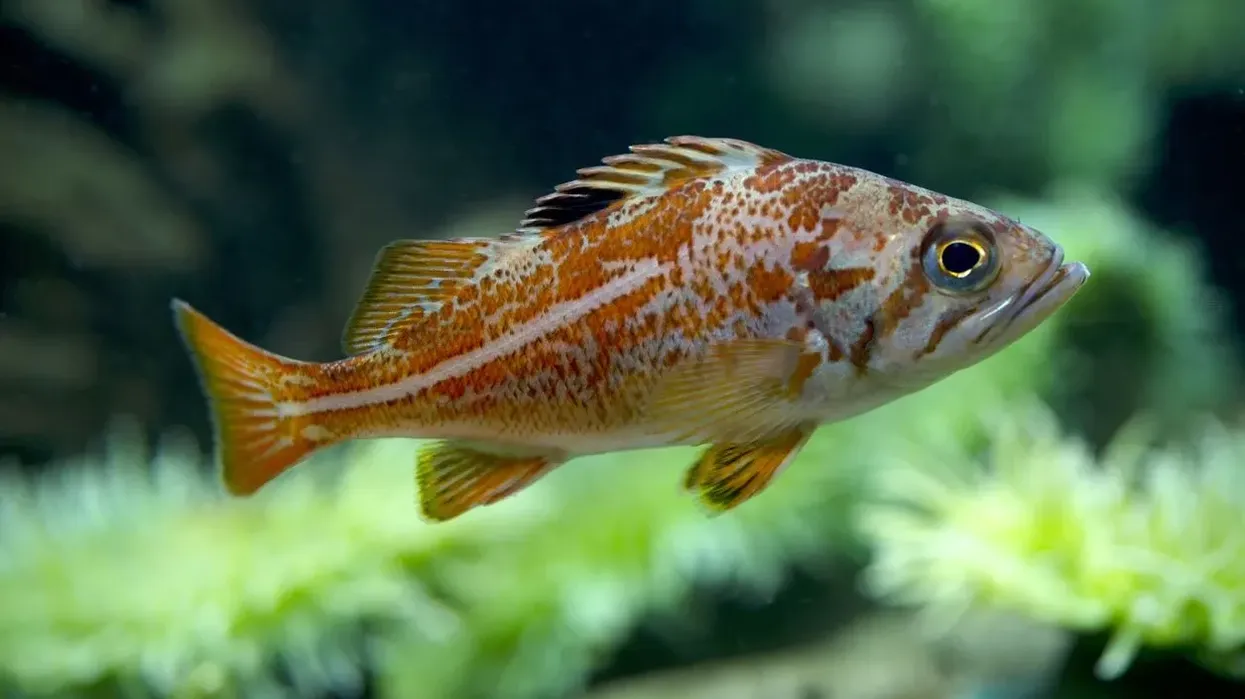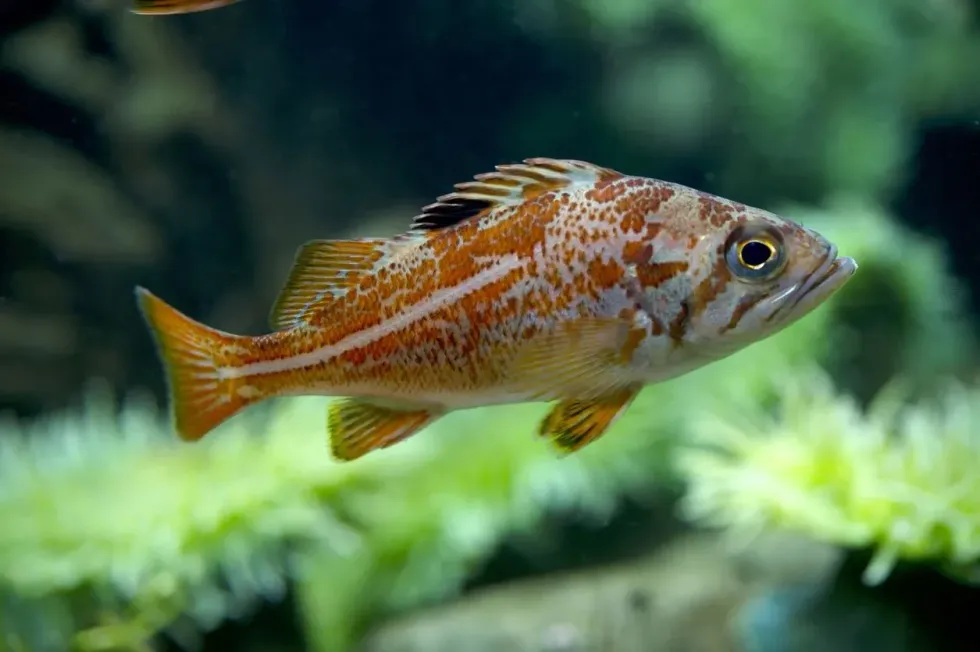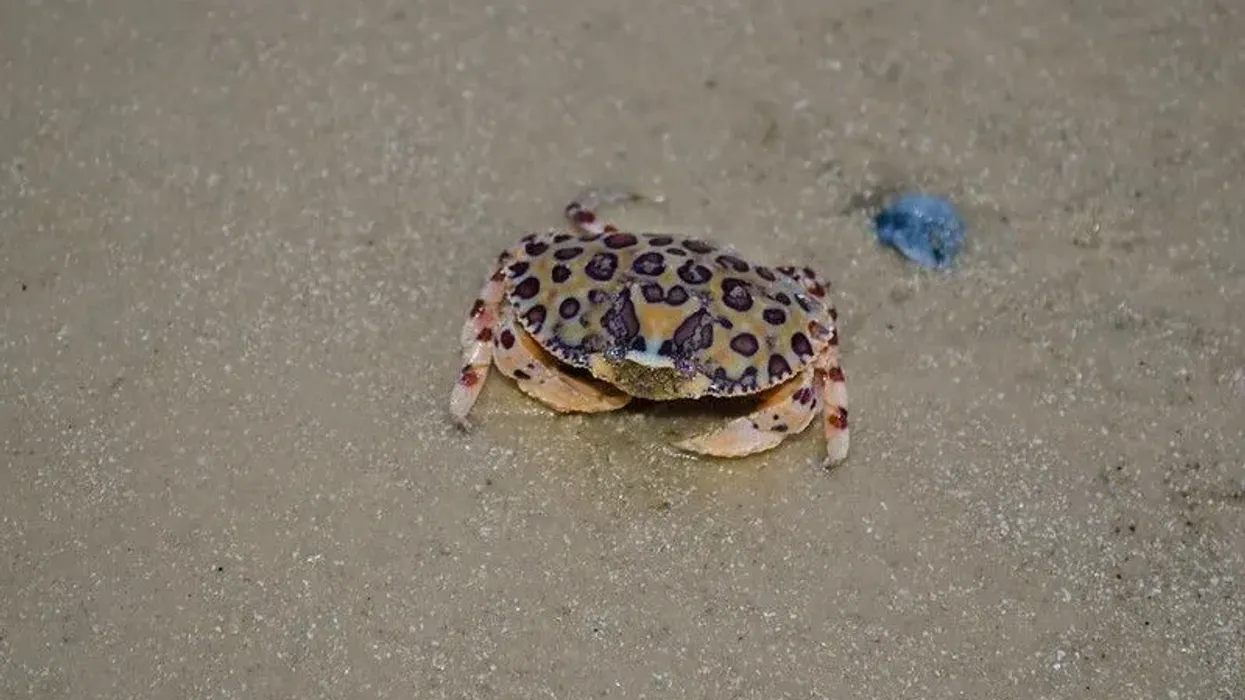Do you know fishing is a sport introduced in the 19th century? Many fishes gained sporting status in history. This article discusses Canary, a rockfish famous for its sporting and commercial value.
This giant fish is named Canary Rockfish based on its mottled orange and bright yellow body. The other name of this fish is Orange rockfish.
The scientific name of Canary is Sebastes pinniger. 'Sebastes' is a Greek word meaning 'magnificent', and ‘pinniger’ is a Latin word that means ‘large fins’. The development of this species is a time taking process.
They take a reasonable amount of time to grow and mature. Commonly caught on Pacific coasts, they have a dorsal fin. The natural habitats of this rockfish Canary are pinnacles, deep inside the water at a greater depth.
As their size increases, they move to deeper levels of water. It is one of the best options for seafood lovers if eaten moderately.
To know more interesting facts about this ocean species, take your valuable time and refer to the below content. Also, don't miss reading our other articles on sockeye salmon and anchovies.
Canary Rockfish Interesting Facts
What type of animal is Canary Rockfish?
Canary fish is a rockfish that is very rich in nutrients, vitamins, and supplements.
What class of animal does Canary Rockfish belong to?
Canary rockfish, commonly found in the Pacific Ocean, related to the ray-finned group, belong to the Animalia kingdom.
How many Canary Rockfish are there in the world?
The exact number of Canary rockfish worldwide is unknown, but it is a commonly harvested rockfish with massive demand for its seafood. There are almost 400 million rockfish around the world.
Where do Canary Rockfish live?
These rockfish are found in the Western Gulf of Alaska, the coast of Central Oregon, Northern Colnett Baja California, the Northwest Pacific Ocean, and Punta Colnett.
What is a Canary Rockfish's habitat?
Canary rockfish are found in the Pacific Northwest; young canaries are found in shallow water, whereas mature ones may be seen in rocky bottoms with a depth between 300-900 ft (91-274 m). The other habitats of the young ones are kelp forests and rocky reefs.
Who does Canary Rockfish live with?
The group of fish is called a school. This gaming fish is commonly found in loose schools. The adults are found in large schools under the rocky bottoms, with other rockfishes such as Yellow-eyed rockfish and Vermilion rockfish.
How long does Canary Rockfish live?
The average life span of this Canary is 44 years. They may survive 75 long years.
How do they reproduce?
In almost all rockfishes, internal fertilization occurs when embryos develop internally and give birth to live larvae. Females lay up to 2,60,000 - 1.9 million eggs.
What is their conservation status?
The conservation status of these marine animals is Not Extinct. There are three Canary fishes: the Pacific Coast and the Gulf of Alaska (two stocks).
On the Pacific coast, this fish is overfished, and rebuilt its population in 2015. In two stocks of the Gulf of Alaska, the population status of this rockfish is not known, and this area is not subjected to overfishing (2020 catch data).
According to the study by NMFS (National Marine Fisheries Service), the Puget Sound/Georgia Basin population of Canary rockfish is not distinct from the coastal population of rockfish, and did not meet the DPS (distinct population segment) criteria, so removed this species from Threatened and Endangered Species list.
Canary Rockfish Fun facts
What do Canary Rockfish look like?
The Canary rockfish is a large marine fish with large yellow eyes and white or gray background. Adults have orange-colored bodies mottled with yellow highlights.
They have dark markings at the end of their orange dorsal fin and three bright orange stripes across the head. These Pacific-based rockfish are similar to the Yelloweye rockfish.
The Canaries, which are less than 14 in, have the posterior part of the dorsal fin filled with dark markings, whereas an adult has gray markings. This line extends from the gill cover to the caudal fin base.
The rockfishes typically depend on crabs, shrimps, lingcod, and more. The canary's larval diet consists of tintinnids, dinoflagellates, and diatoms; young ones feed on copepods and euphausiids, whereas adults feed on small fishes and sometimes other species of rockfish.

How cute are they?
It is a soothing experience watching fish swimming in the deep waters peacefully. This rockfish is cute with an orange-colored body, dorsal fin, and bright orange stripes, and mesmerizing to watch.
How do they communicate?
Generally, fish communicate to alert the team members from predators, navigate, and attract mates. There is no exact information on how these rockfish communicate. The most common ways are through electrical impulses, sound, color, and smell.
How big do Canary Rockfish get?
The average length of this rockfish is 20-23 in long and can grow to a maximum length of 29.9 in (76 cm).
How fast can a Canary Rockfish swim?
The information related to the speed of this rockfish is not known.
How much does a Canary Rockfish weigh?
This rockfish is a relatively large fish. Canary rockfish are large rockfish that weigh around 8-10 lb (3.6-4.5 kg).
What are the male and female names of the species?
There is no particular name for fish based on gender; the male is called a male rockfish, female is a female rockfish. The female species takes almost 13 years to reach maturity.
What would you call a baby Canary Rockfish?
The baby Canary rockfish are known as juveniles. They have large heads, and small terminal mouths, with a dorsal fin that has 13-15 rays and almost all 13 spines.
Do humans eat them?
Yes, humans prefer to have this rockfish on their menu as it is healthy food if taken moderately because of its mercury levels. Its meat is very light with a mildly sweet flavor, and its bones are easily separated.
Are they dangerous?
To protect themselves from their predators, they sit on the rocky bottoms, on kelp leaves without any movement. If by any chance the predators identify them, they use their poisonous fin spines.
These spines have high mercury levels that can cause irritation, numbness, and serious health conditions like kidney and brain failure. There may be chances that the oldest fish has higher mercury levels, as they accumulate the mercury of all the fish they prey on.
Would they make a good pet?
The natural habitat of this rockfish is deep rock bottoms; they have air-filled sacs to survive in-depth and to control buoyancy. When they are caught and brought to the surface, they may be prone to Barotrauma which is a pressure-related injury.
Due to this, their eyes may pop out and act like a dead fish-which is not true. Due to its size, habitat, and Barotrauma effect, it may not be considered a pet.
Did you know...
This rockfish is known as The Golden Beauty of the Pacific and as Rocote Canario in Mexico.
The Gulf of Alaska is famous for its varieties of rockfish; there are almost 32 species of rockfish located.
For the first time, anglers fishing California ocean waters were permitted to retain this species, as per CDFW (California Department of Fish and Wildlife).
How are Canary Rockfish caught?
This species has prominent commercial value among the fisheries of California and San Francisco. They can be caught in hook-and-line operations or trawling. This fish is the best choice for seafood lovers in the U.S. because its population is timely managed and harvested as per U.S. regulations.
How to prepare Canary Rockfish?
This rockfish is best to have with buttered onions and herbs, lemon, and salt. It can be baked, sauteed, pan-fried, or deep-fried in oil.
This rockfish is rich in nutrients and proteins, vitamin D, and omega-3 fatty acids, which are very beneficial to health.
Here at Kidadl, we have carefully created lots of interesting family-friendly animal facts for everyone to discover! Learn more about some other fish from our white tuna fun facts, and warmouth facts pages.
You can even occupy yourself at home by coloring in one of our free printable canary rockfish coloring pages.









